Microsoft’s next big console might fit into the palms of your hands.
Key Takeaways
- Microsoft may introduce a powerful Xbox handheld, surpassing Steam Deck with AMD’s RDNA 4 and Zen 5 processes.
- A potential Xbox handheld could offer a better Windows gaming experience or focus on a true mobile Xbox interface.
- A portable Game Pass machine could see Microsoft launch a portable with a huge library of titles from day one.
- One of the possible names for such a device would be the Xbox Series P, with “P” standing in for “Portable.”
Handheld gaming has seen massive growth since the success of the Nintendo Switch and Steam Deck. Now rumors are swirling that Microsoft is introducing a handheld of its own, possibly called the Xbox Series P, and we’re excited.
A More Powerful Steam Deck
The Steam Deck is a Linux-based handheld gaming PC that uses a compatibility layer called Proton to play games in your Steam library. Thanks to its aggressive price point, impressive-at-the-time hardware, and compatibility with a large number of titles, the Steam Deck was pretty much an overnight success for Valve.
Despite receiving a revision with the introduction of the Steam Deck OLED in late 2023, the Deck still packs almost identical hardware to the model that debuted in February 2022. Under the hood is a custom AMD APU built on the same RDNA 2 and Zen 2 architecture found in the Xbox Series consoles and Sony’s PlayStation 5.
Considering Microsoft’s position in the console market as a device manufacturer that pushes for high-end graphics and experiences, it makes sense that an Xbox handheld would push the boat in terms of performance beyond what Valve has already achieved with the Steam Deck.
Since the Xbox ecosystem already uses AMD chips, it would make sense for Microsoft to use the company’s latest graphics and processor architecture. In early 2024, that’s RDNA 4 and Zen 5. As was the case with the Xbox, Steam Deck, Nintendo Switch, and other projects at this scale, the silicon inside any Xbox handheld would be a custom order.
What if Microsoft can get within spitting distance of the performance seen in the Xbox Series S, albeit at a smaller and pocket-friendly resolution? Dedicated hardware for upscaling and frame generation using AMD’s FidelityFX Super Resolution could make all the difference.
Potentially Good for the Windows Handheld Experience
There are two routes Microsoft can go with an Xbox handheld, and one involves a fully functional version of Windows. Though we haven’t seen Windows running on an Xbox before, the arrival of so many handheld gaming PCs that run Windows could present Microsoft with an opportunity that’s hard to resist.
Handhelds like the ROG Ally offer a “true” Windows gaming experience. These handhelds forego the Steam Deck’s Linux wizardry in pursuit of the native experience you get on a full-size gaming PC. Unfortunately, the user experience leaves a lot to be desired.
Using a mouse with a thumbstick isn’t fun, and tapping on-screen elements with your fingers leaves grease all over the display. Furthermore, the mish-mash of third-party utilities you need to use to manage the device can be miserable. To quote Sydney’s ROG Ally review for How-To Geek: “things are more than a little rough around the edges when you aren’t actually playing a game.”
Since Microsoft has pivoted hard towards subscriptions in the form of Game Pass, introducing a handheld-friendly Windows interface makes a lot of sense. Debuting this interface alongside an Xbox handheld but leaving it open to other manufacturers is unlikely to harm the company’s long-term plans. Microsoft is still the PC company and they dominate the non-console gaming market.
Microsoft can solve this problem from the inside, by making a change to the operating system that similar handhelds can make use of. A better handheld Windows gaming experience further cements Windows as the platform for PC gaming, and they can probably sell more Game Pass subscriptions while they’re doing it.
Alternatively, a True Mobile Xbox Experience
The other direction leaves Windows at the door and lets Microsoft focus on providing a proper portable Xbox experience. This would likely resemble the same dashboard you’ll see on a regular Xbox console, a transition that should “just work” on a handheld.
The dream would be a machine that can do everything that a “real” Xbox can do, albeit on the go. That would include access to many Xbox 360, Xbox One, and current-generation titles. These could be games you bought 15 years ago or those added to Game Pass last week.
nTim Brookes / How-To Geek””>

Tim Brookes / How-To Geek
Having the Xbox Series S as a somewhat antiquated standard that so many developers have had to grapple with could be a blessing for a future portable. Games that are already optimized for weaker hardware would be easier to get up and running on a handheld.
This could allow Microsoft to quickly build a large catalog of compatible games, particularly if games can be adapted without requiring an update. This has already happened with the FPS Boost feature on the Xbox Series consoles, unlocking frame rates and adjusting render resolution without any input from the game developer. This could work the other way around too.
You might not even have to leave your disc-based games behind either. In 2022 Microsoft applied for a patent that would grant “software ownership validation of optical discs using secondary device.” What if you could just leave a game disc in your Xbox Series X and play said game on a digital-only (potentially portable) console?
It Could Be a Homebrew Monster
The Xbox Series X and PlayStation 5 are essentially custom PCs, but there’s one thing Xbox does that PlayStation won’t: Developer Mode. Pay your $20 and get access to a development environment on your Xbox, where you’re free to write and run custom software.
This is what makes it possible to run emulators like RetroArch on your Xbox. This mode has existed since the Xbox One era, and Microsoft confirmed in 2022 that it has no intentions of removing the mode any time soon. This makes the inclusion of Developer Mode on a portable Xbox all the more likely.
Handheld devices like the Steam Deck and ROG Ally make fantastic portable emulators since they are based on open platforms. The main Xbox dashboard isn’t so open, so a compromise in the form of Developer Mode seems necessary.
If such a portable runs vanilla Windows then there would be no need for a Developer Mode at all, since you’d be able to install regular old Windows emulators.
Game Pass on the Go
Game Pass is arguably the best deal in gaming, offering hundreds of titles for $16.99/month (or $9.99/month on PC, with a reduced selection of games). There’s always something to play, and the subscription includes access to online multiplayer and cloud gaming to boot.
It’s easy to see how attractive a portable Game Pass machine could be. From the moment you take the console out of the box and subscribe (with your first month only costing $1), you’ve got access to a huge library of games. The Switch has something similar with a Switch Online membership granting access to older systems, but how many people are buying a Switch to play Dr Mario?
nTim Brookes / How-To Geek””>
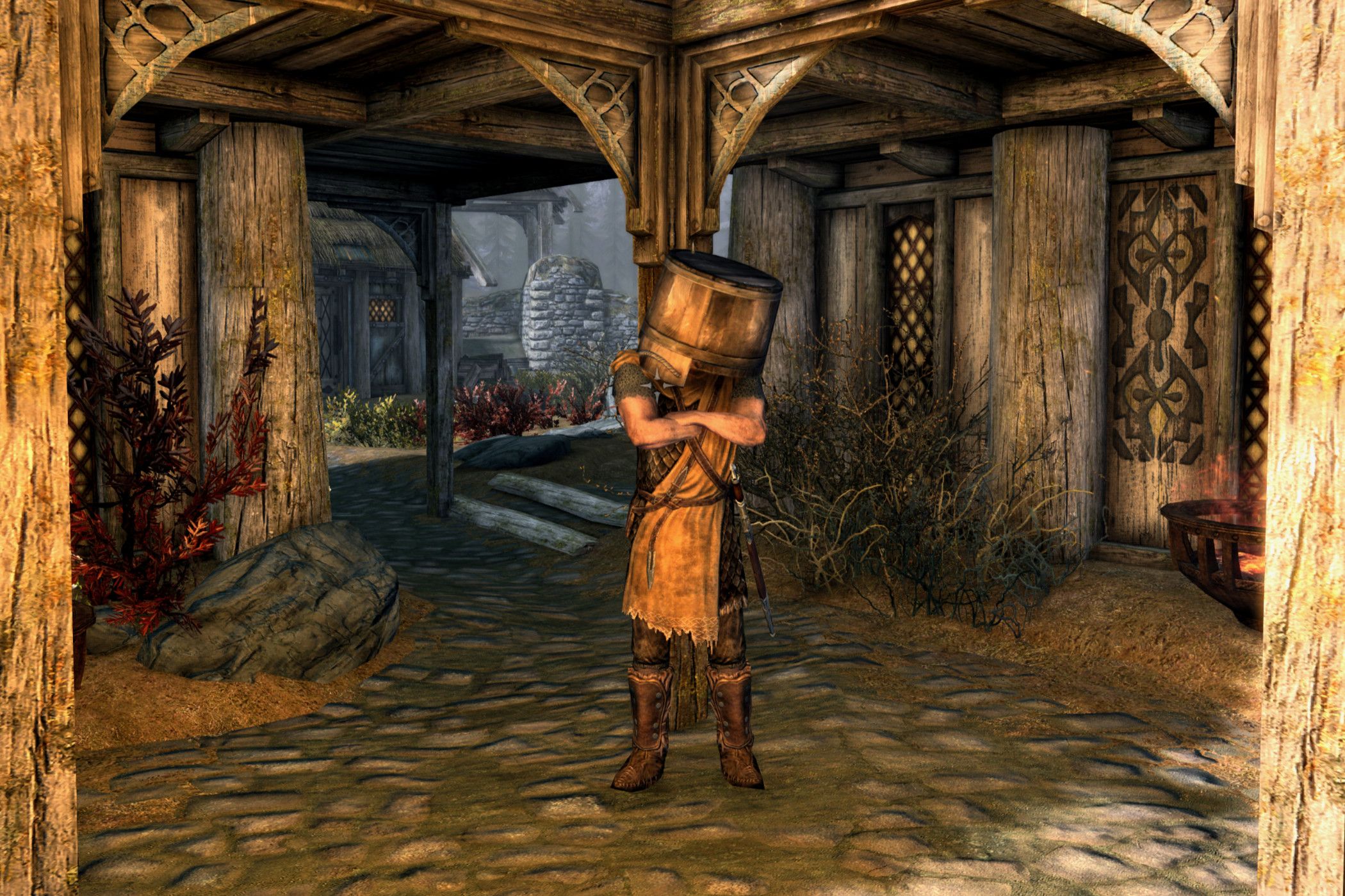
Tim Brookes / How-To Geek

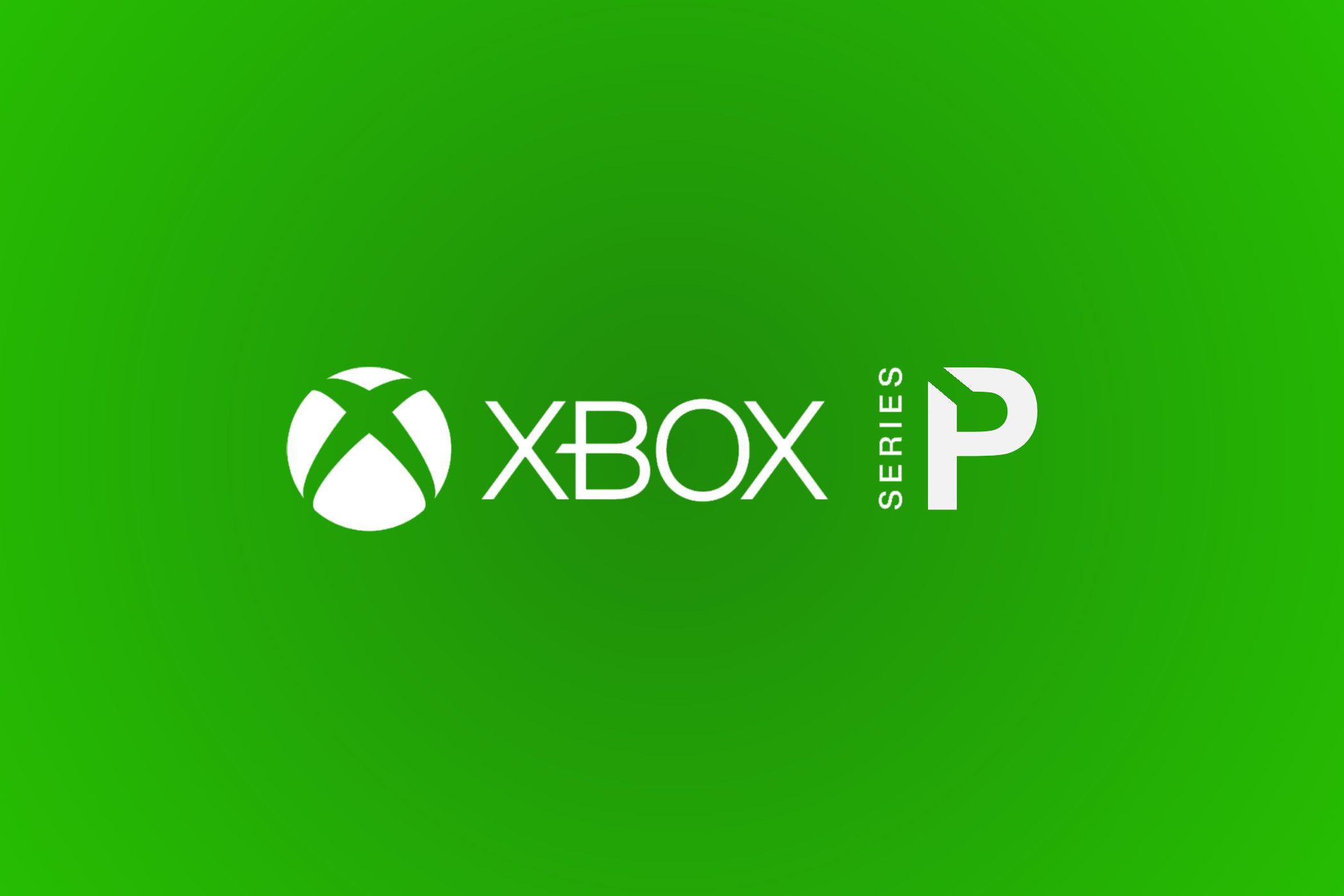
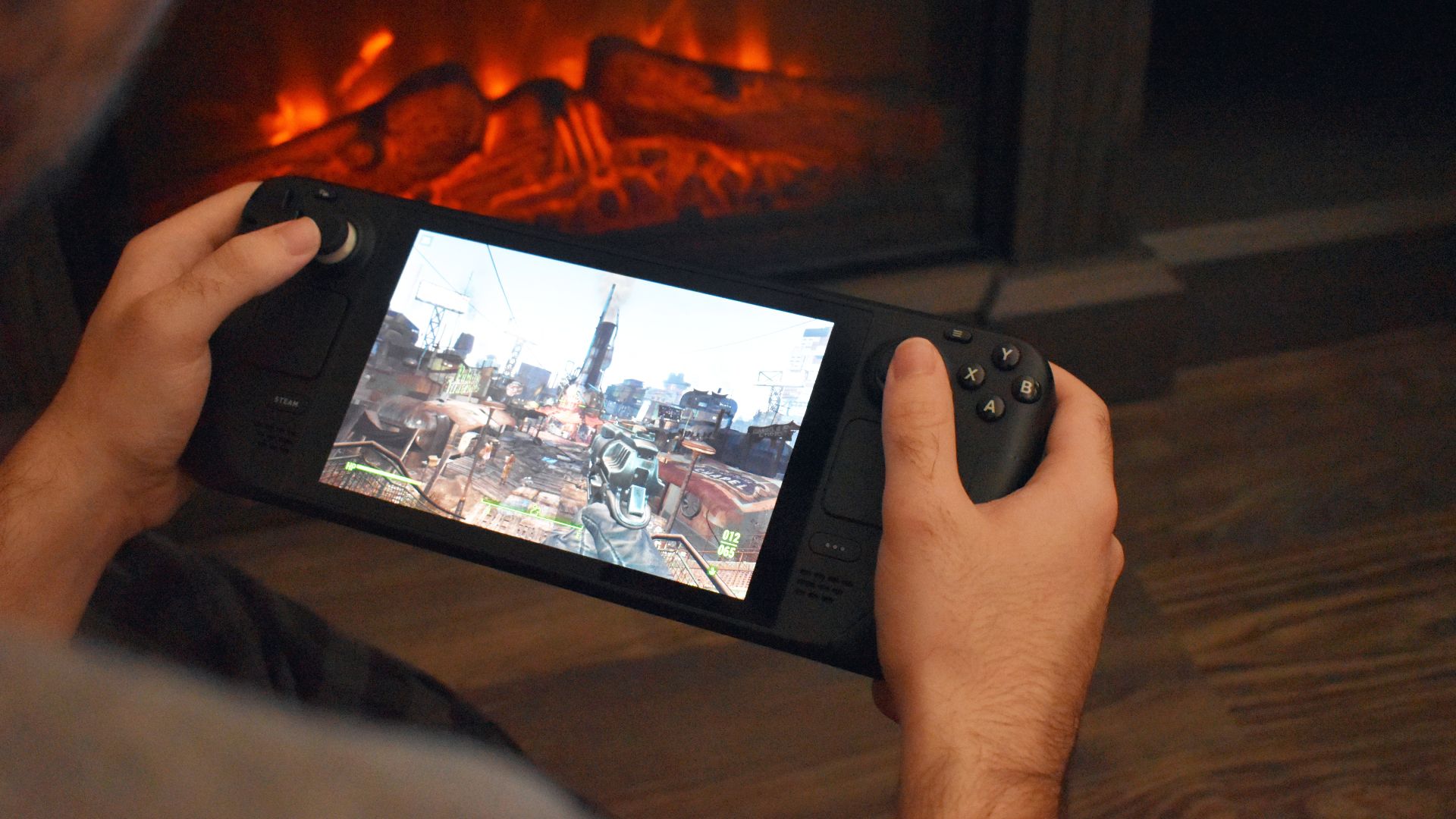
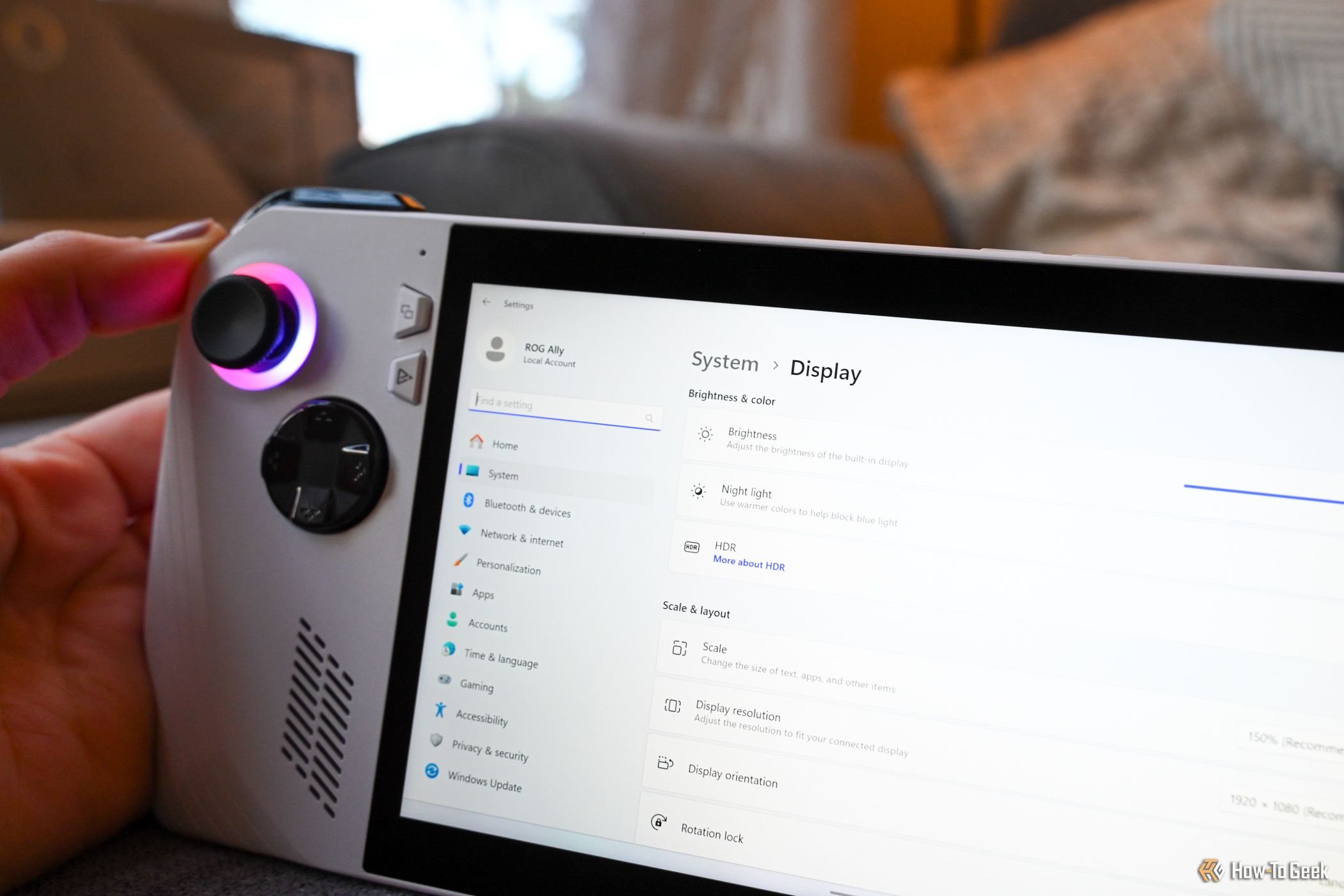
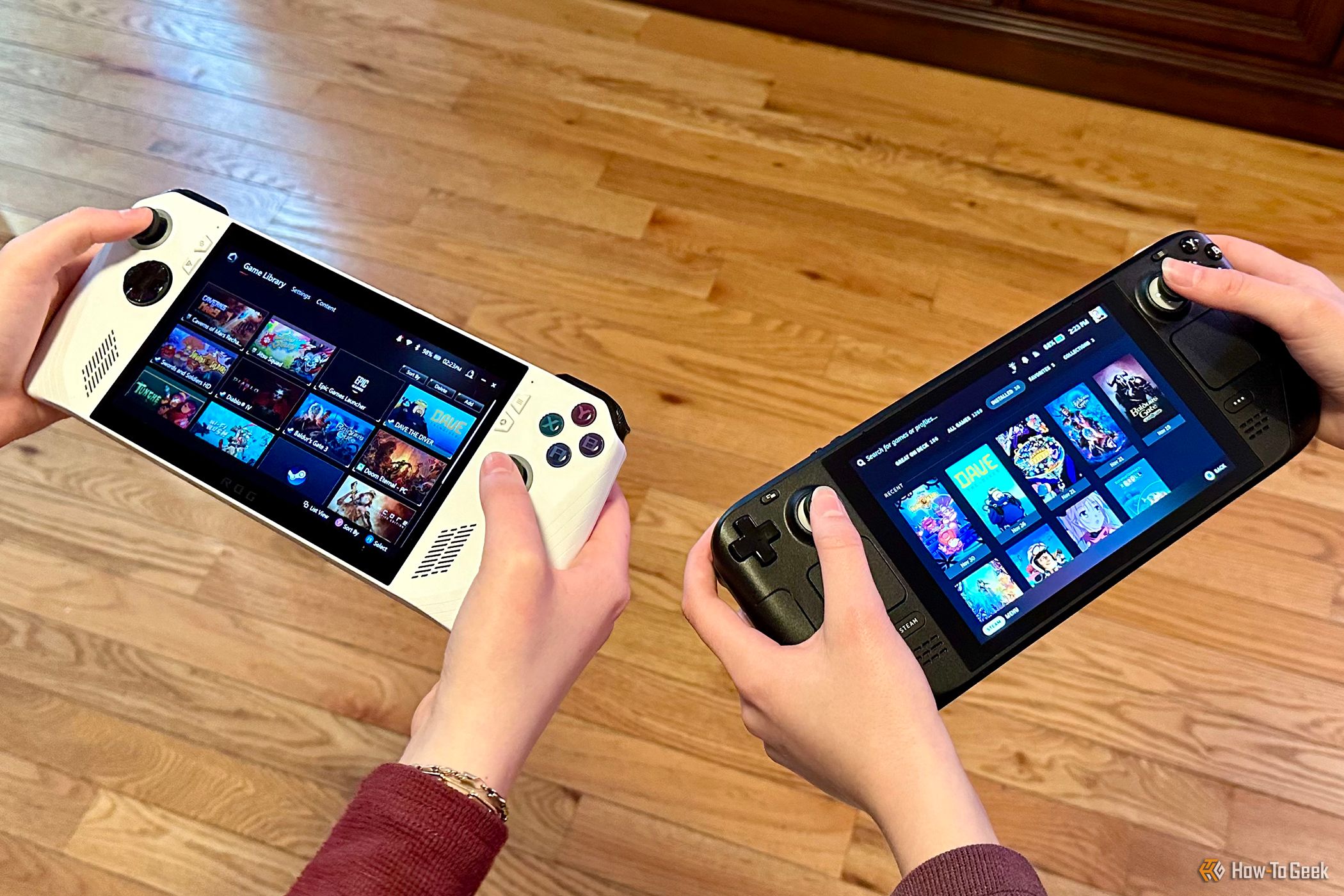
دیدگاهتان را بنویسید